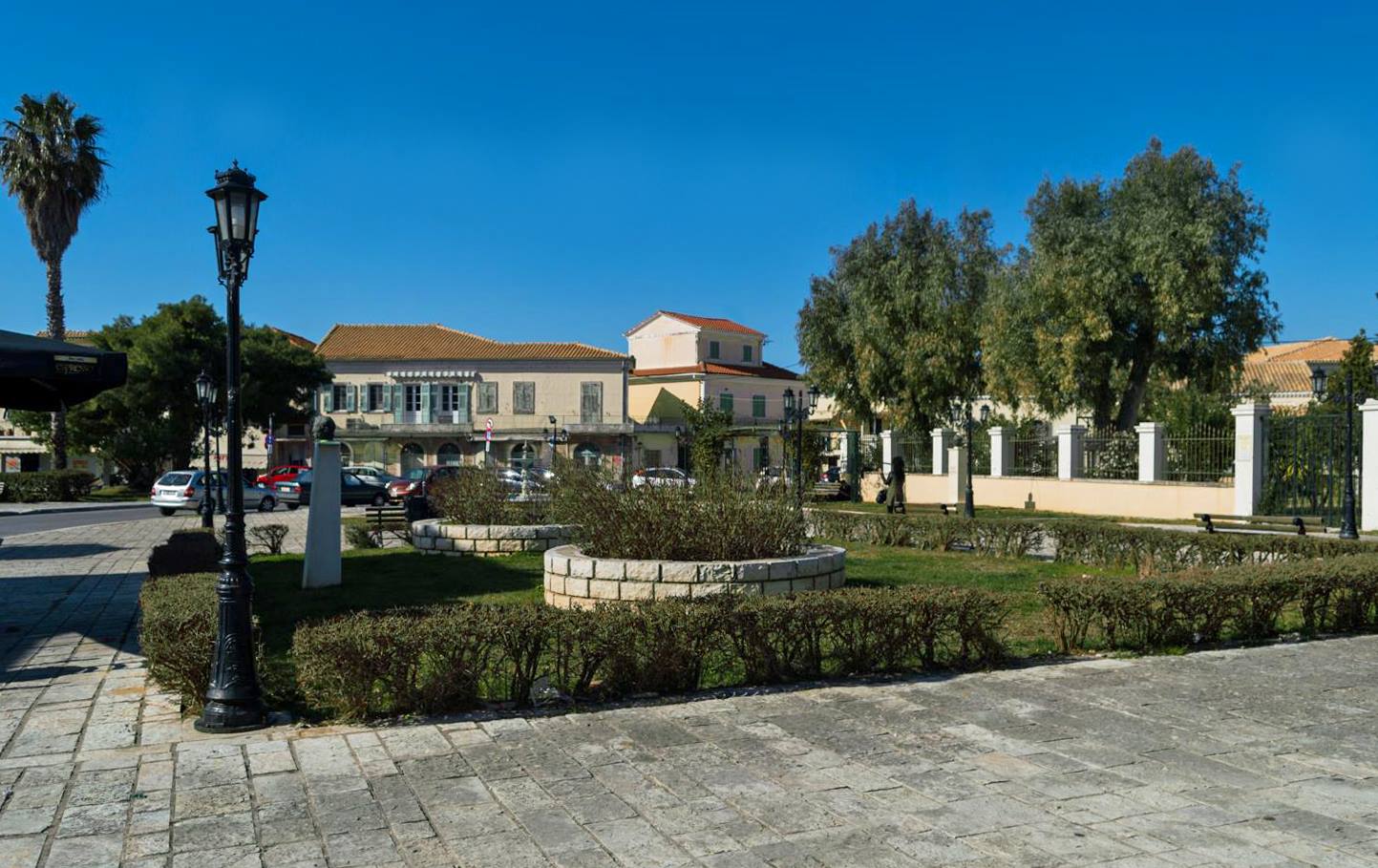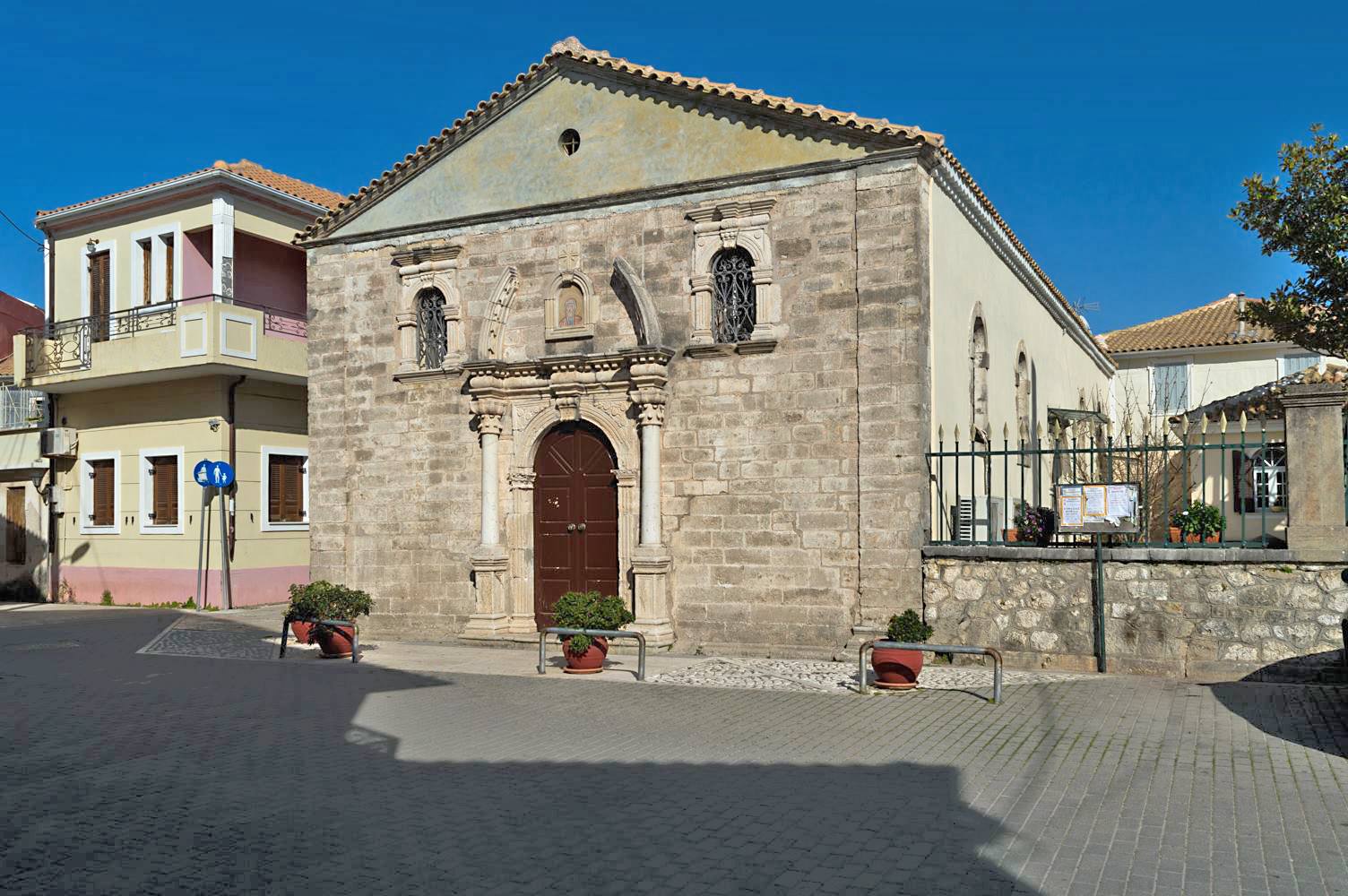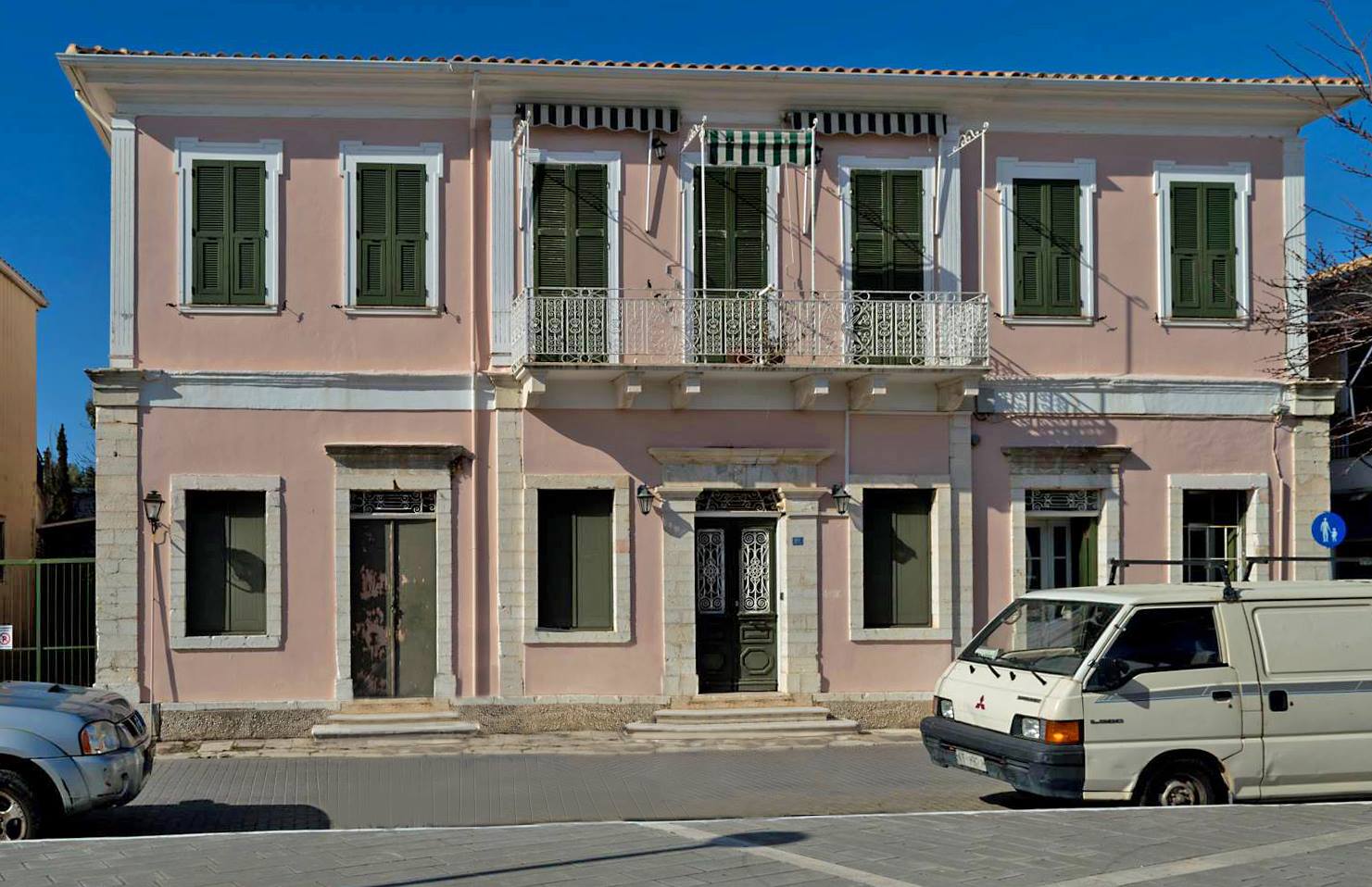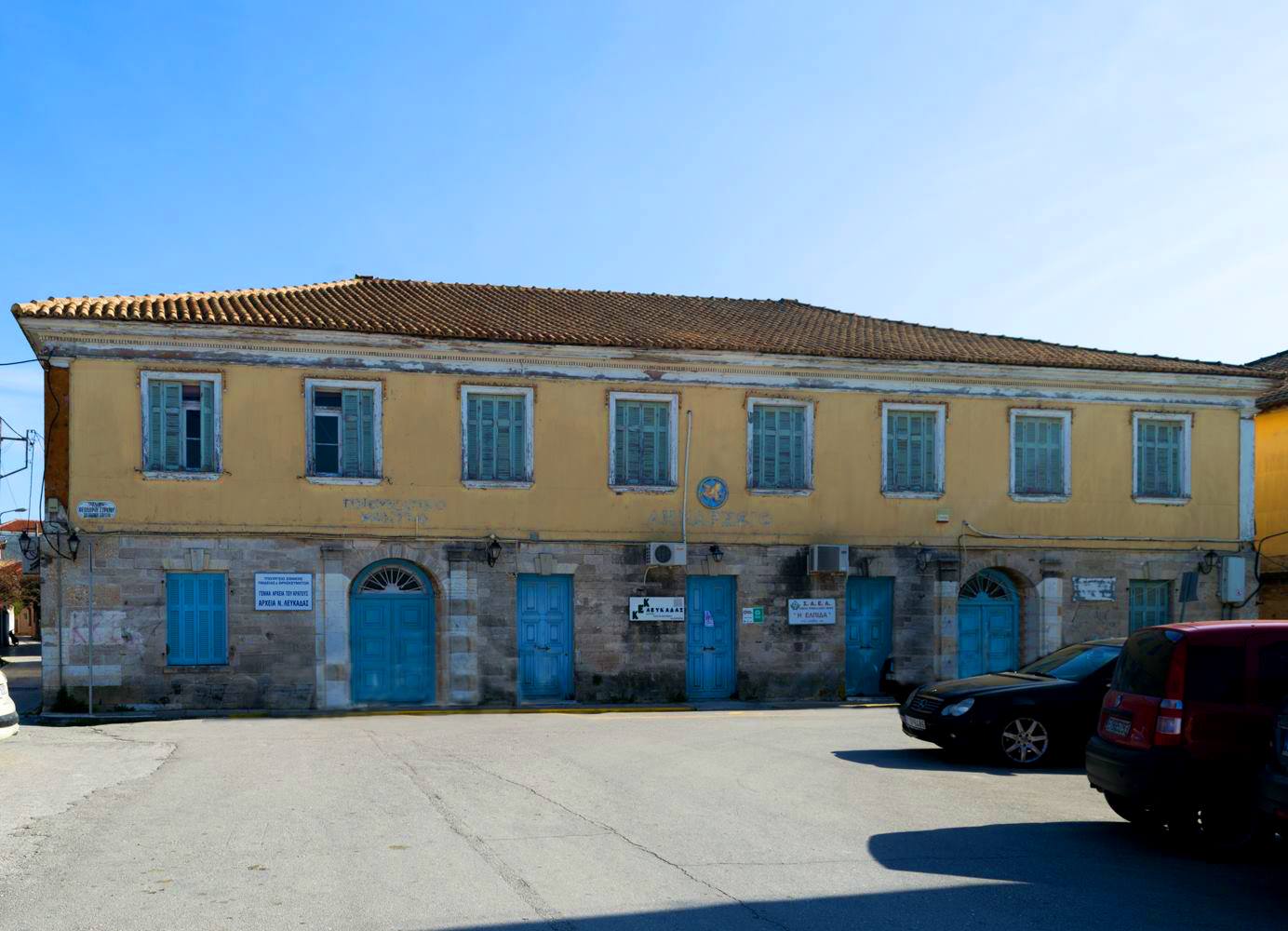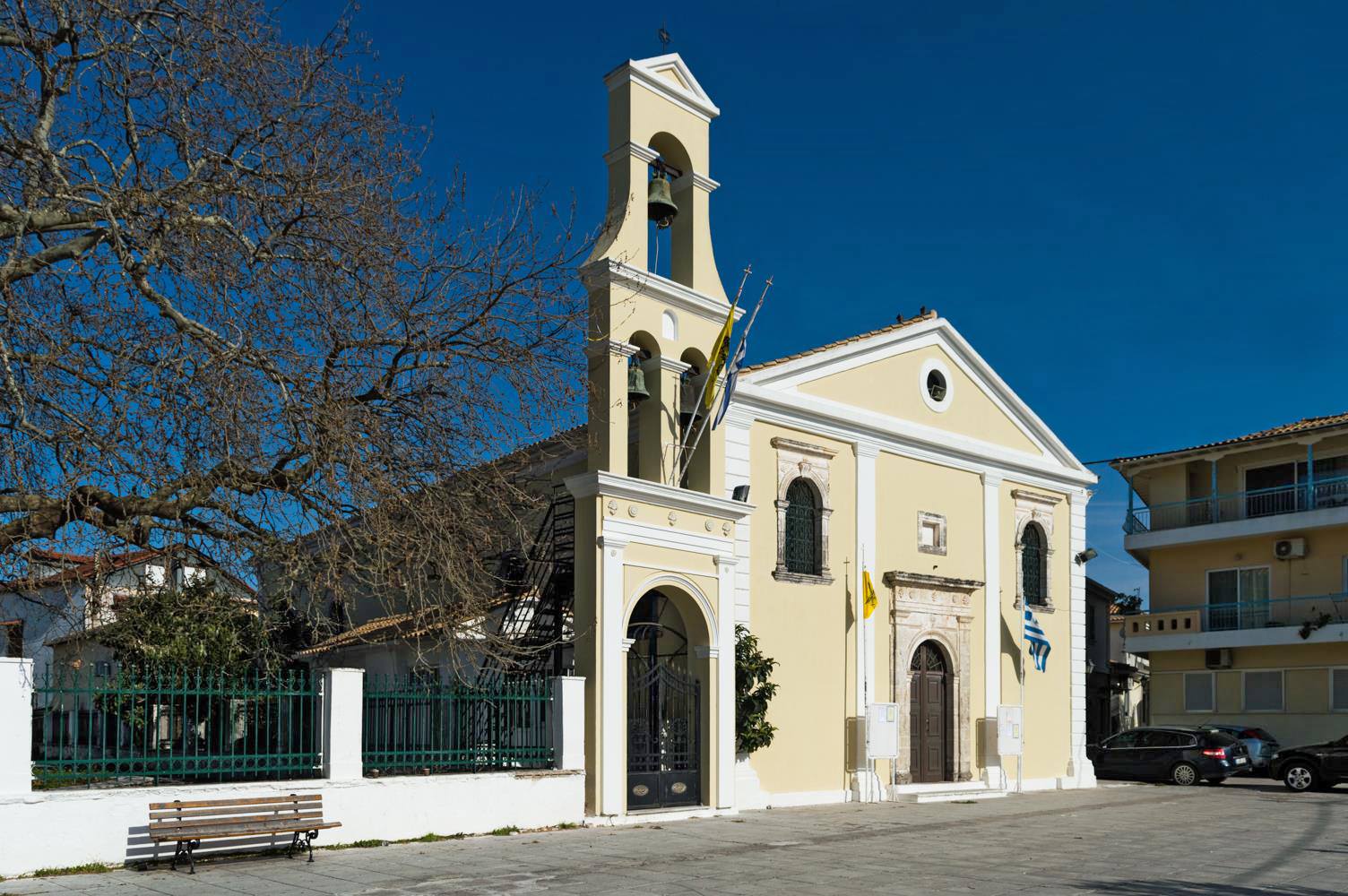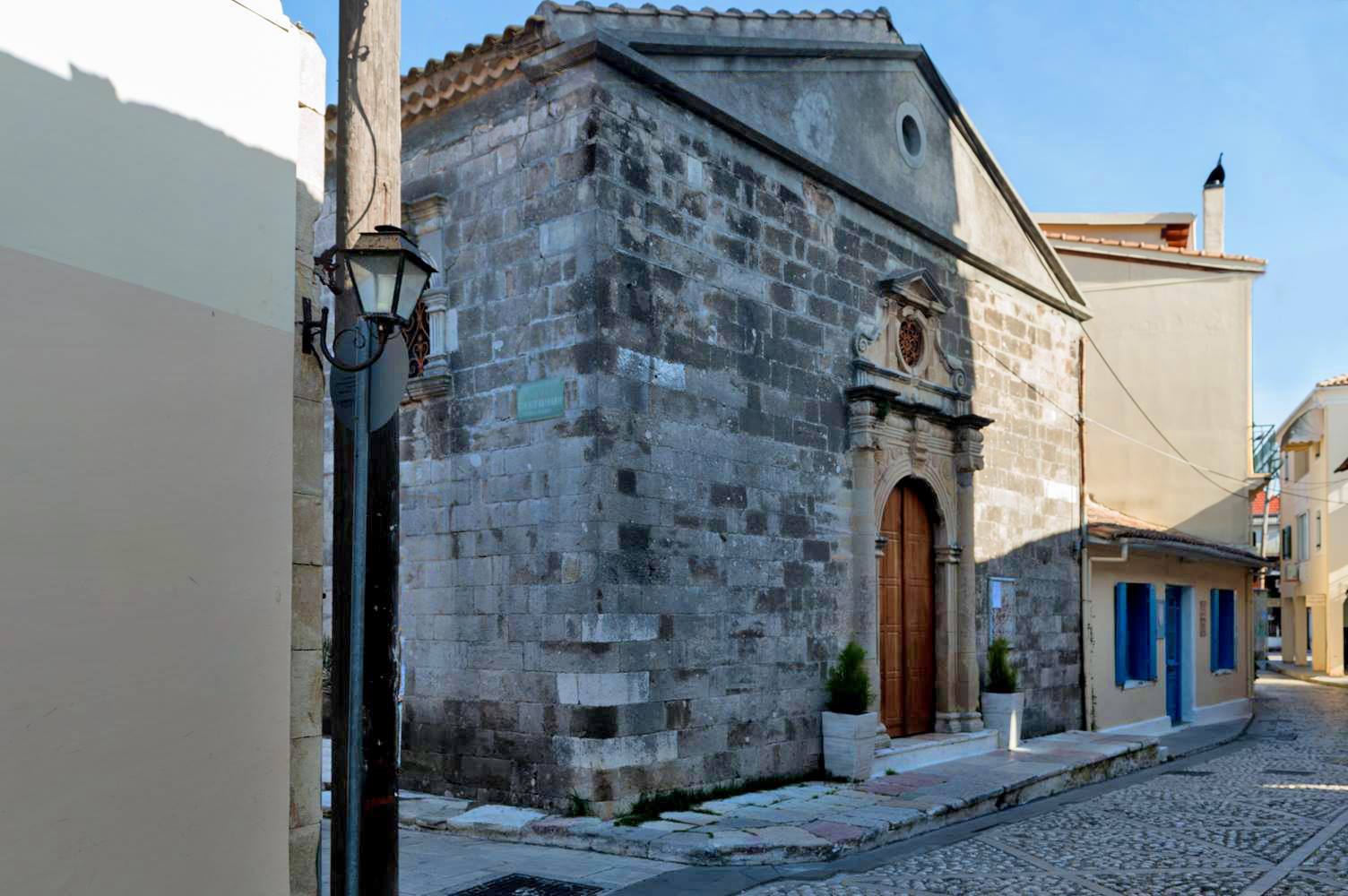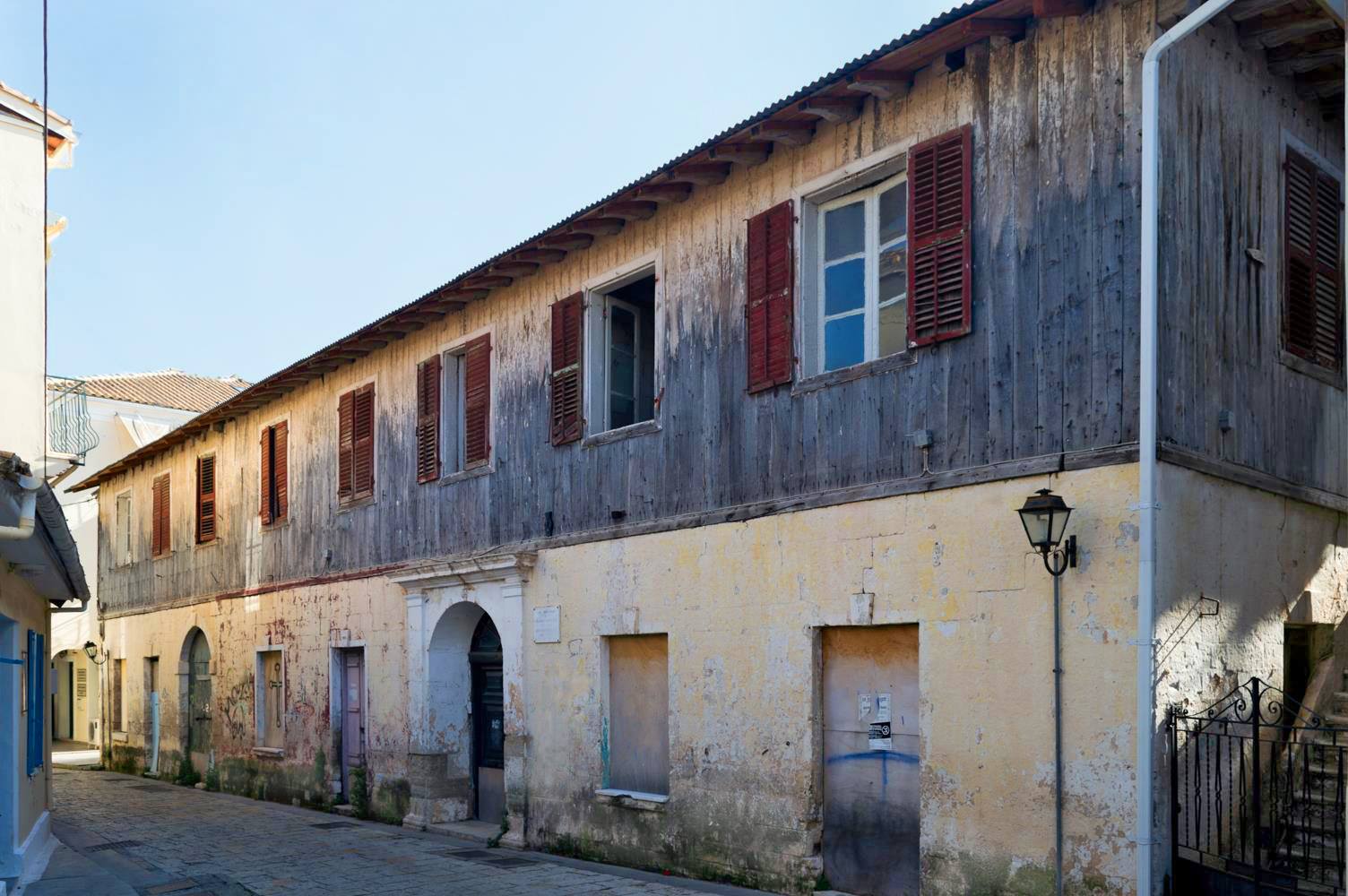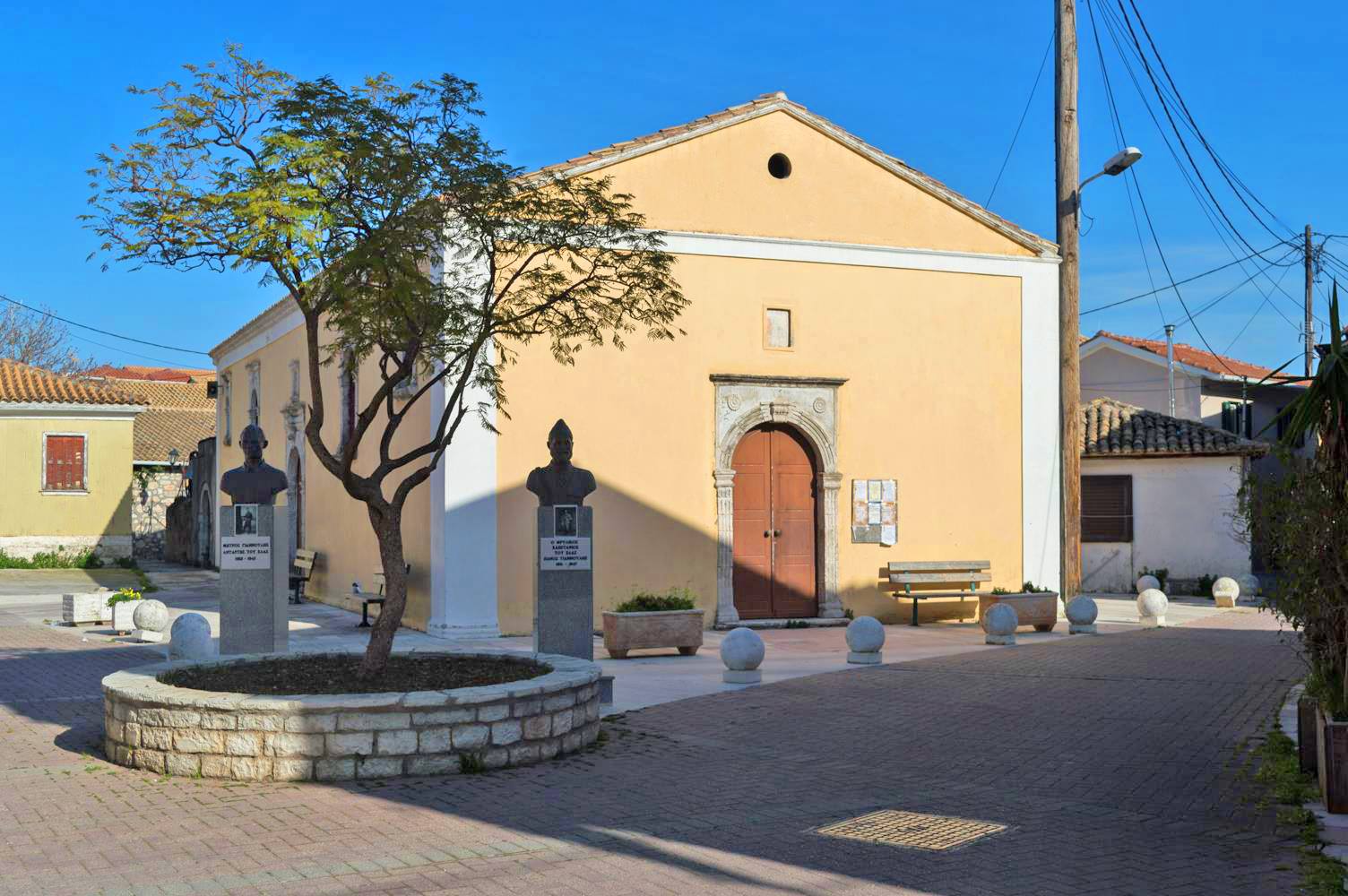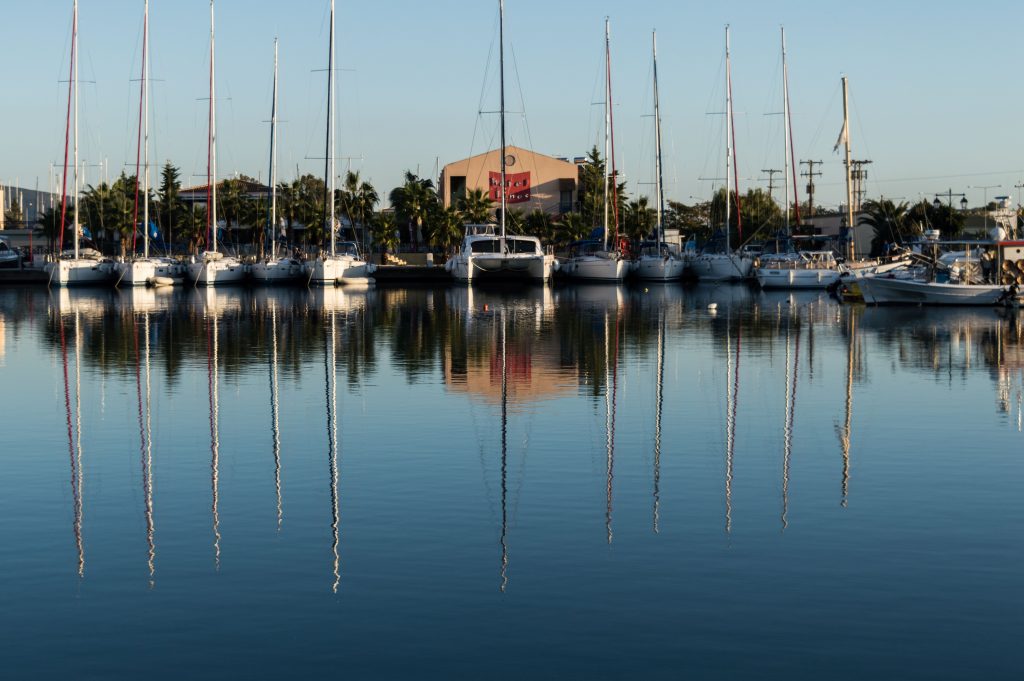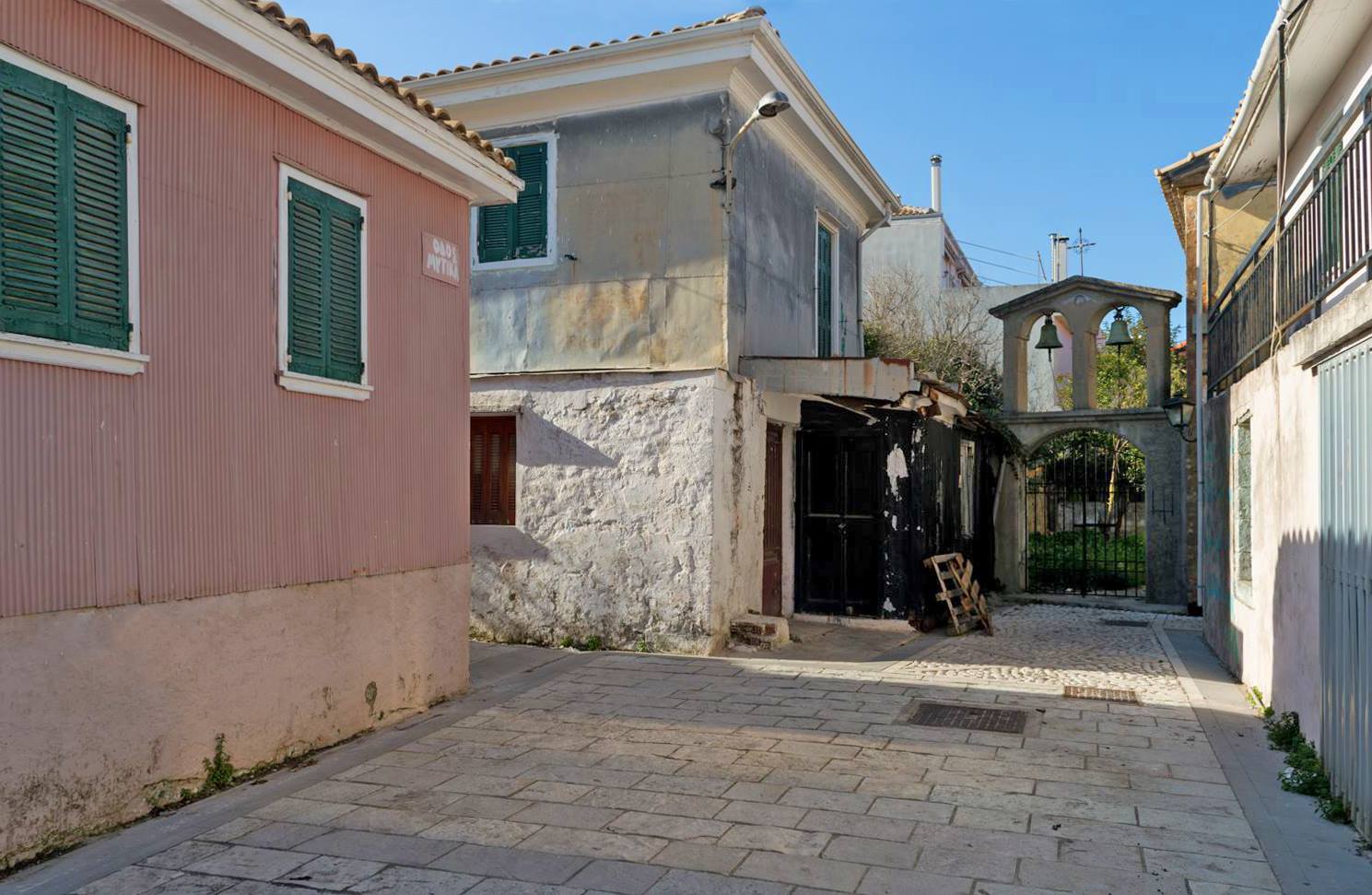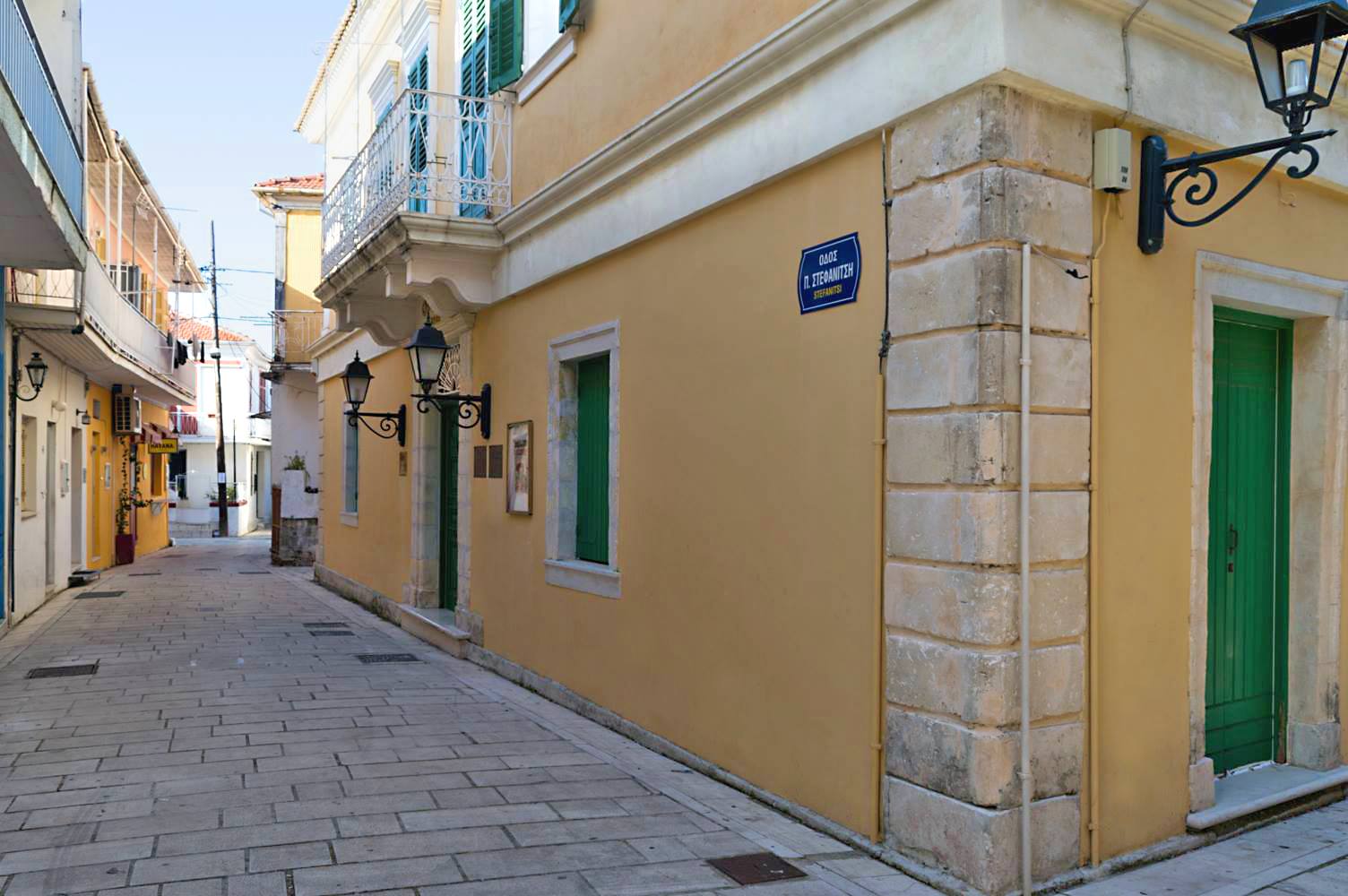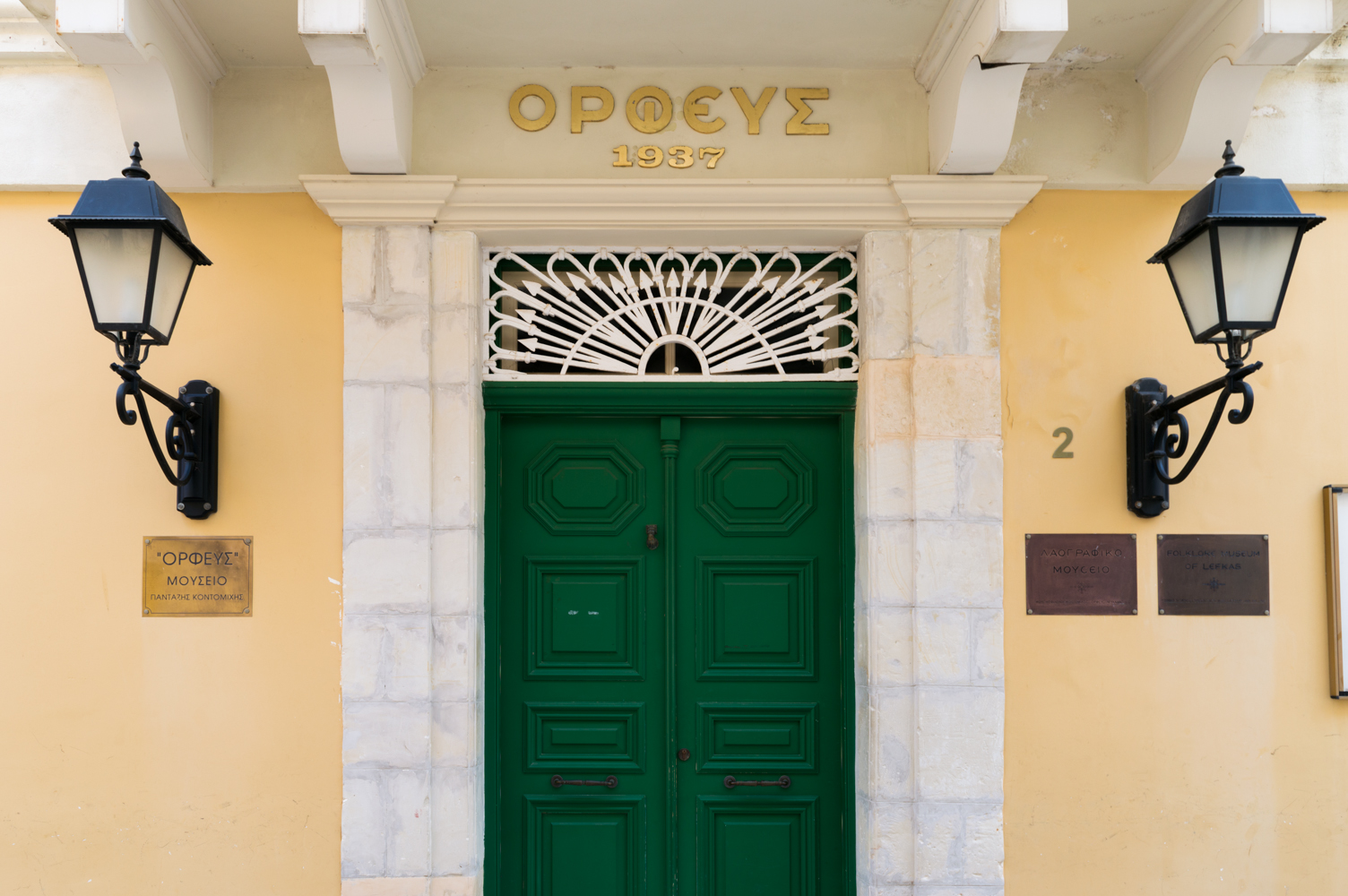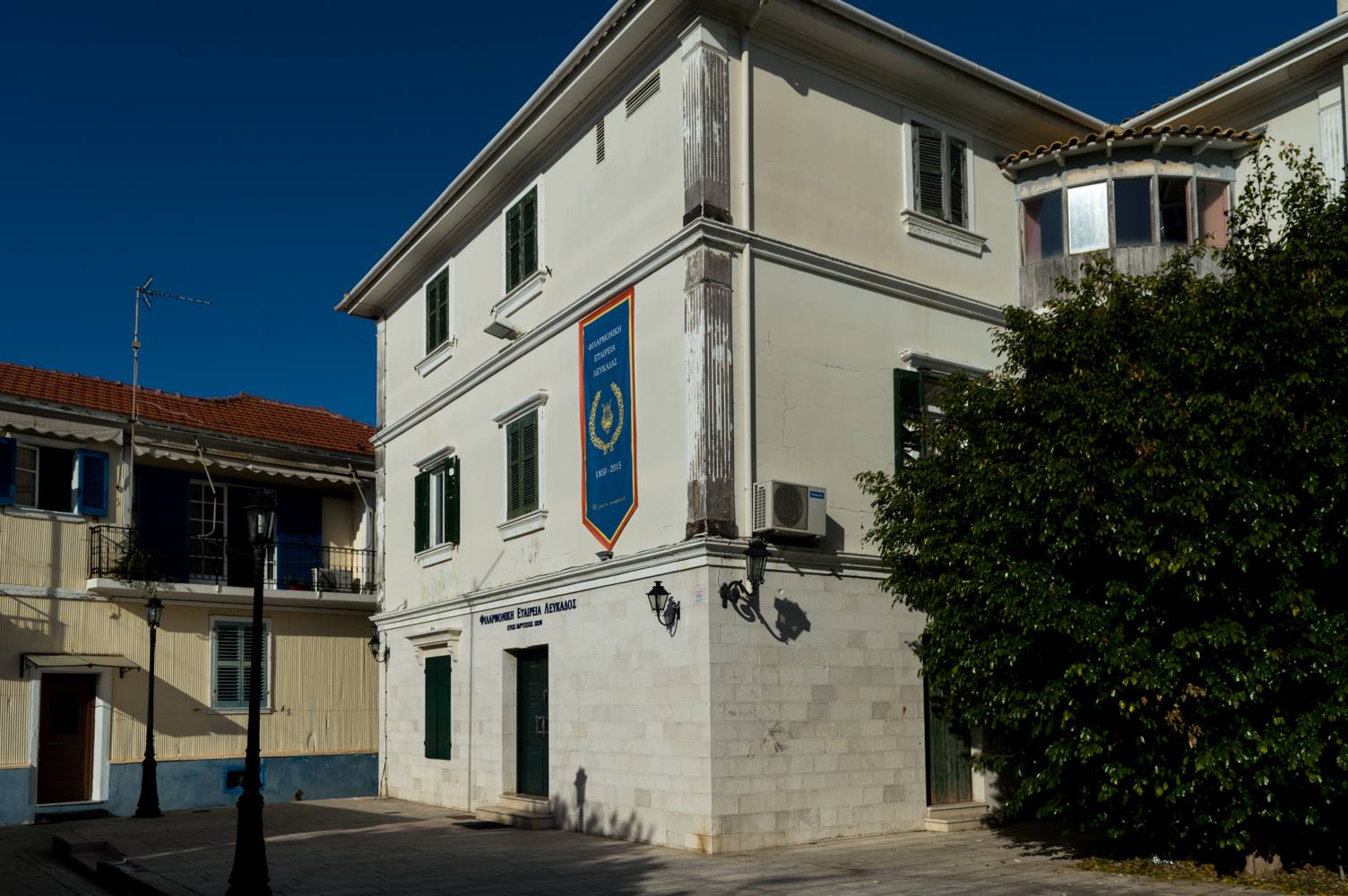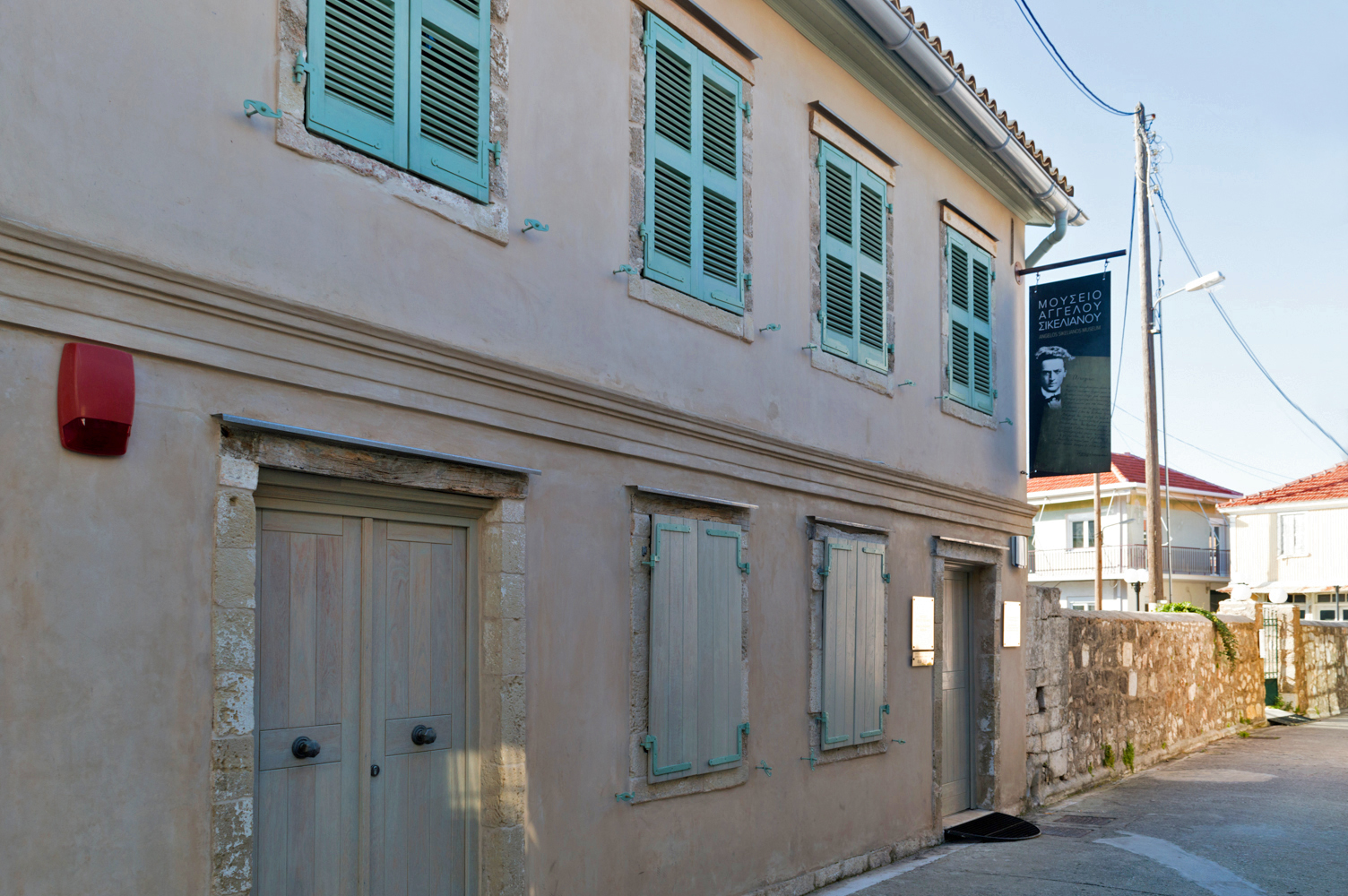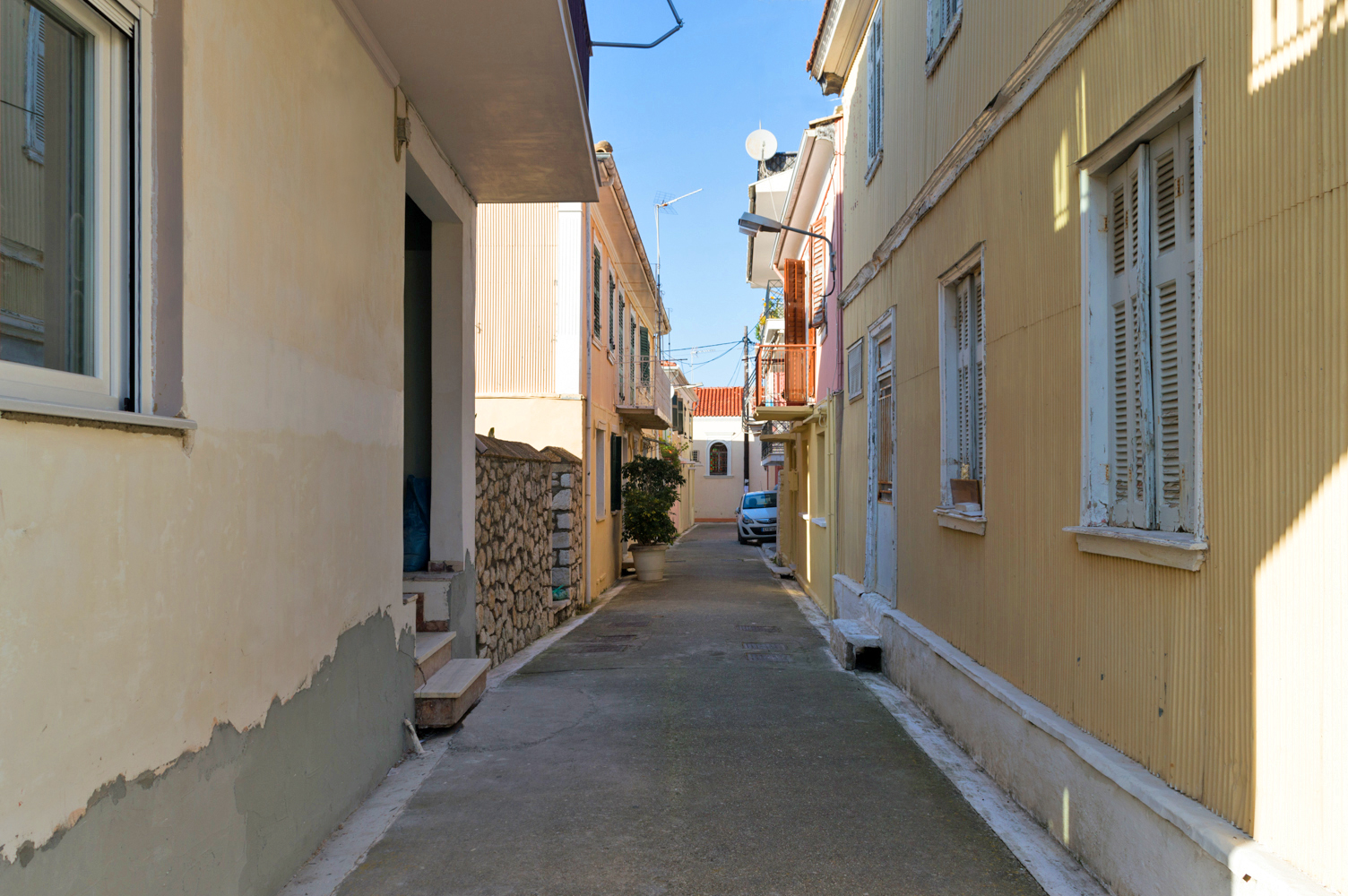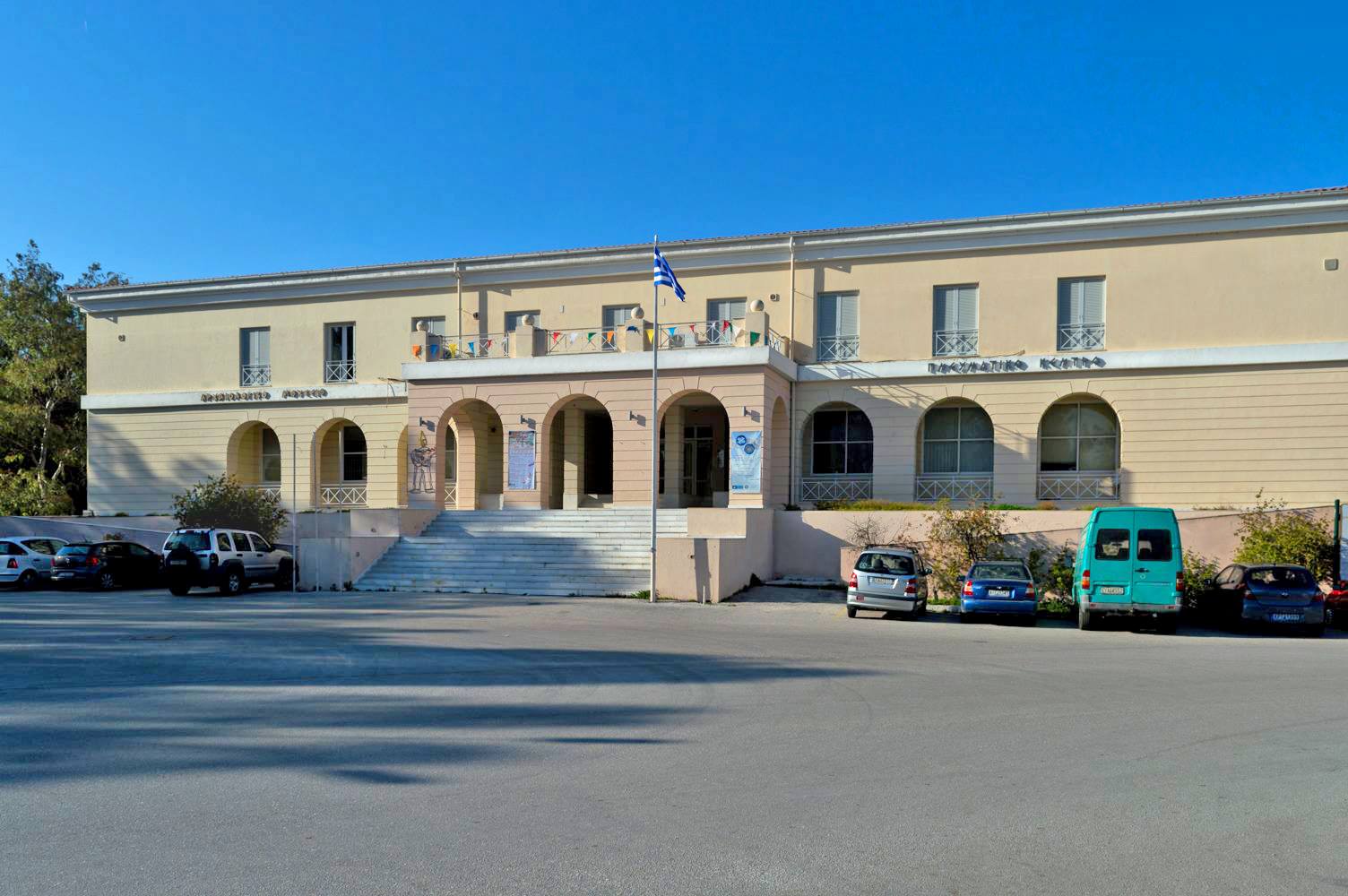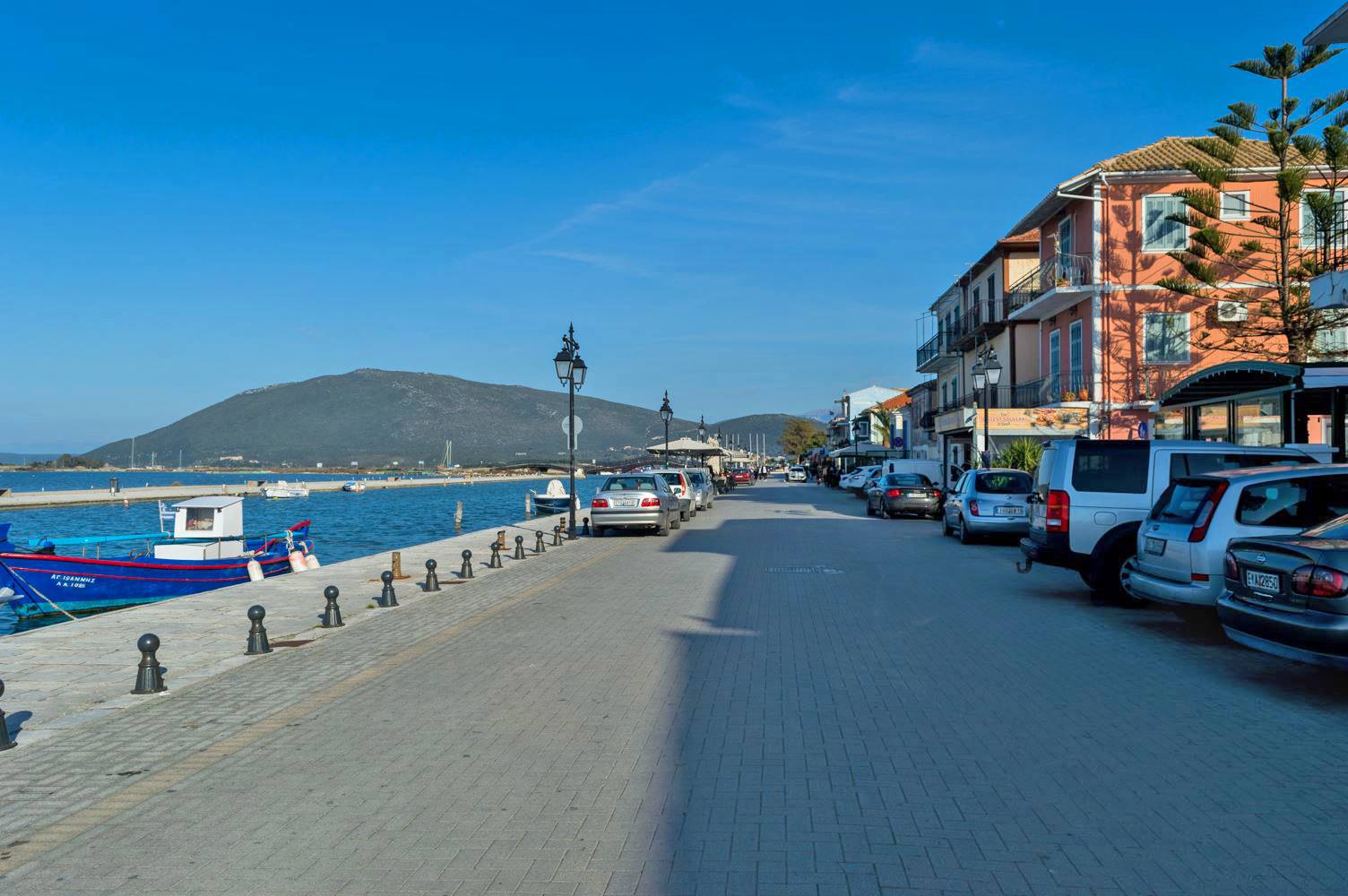Discovering the city of Lefkada
The town of Lefkada, with its characteristic architectural style, its narrow lanes, well cared for courtyards and delightfully unspoiled aristocratic charm is what gives the visiting traveller a first impression.
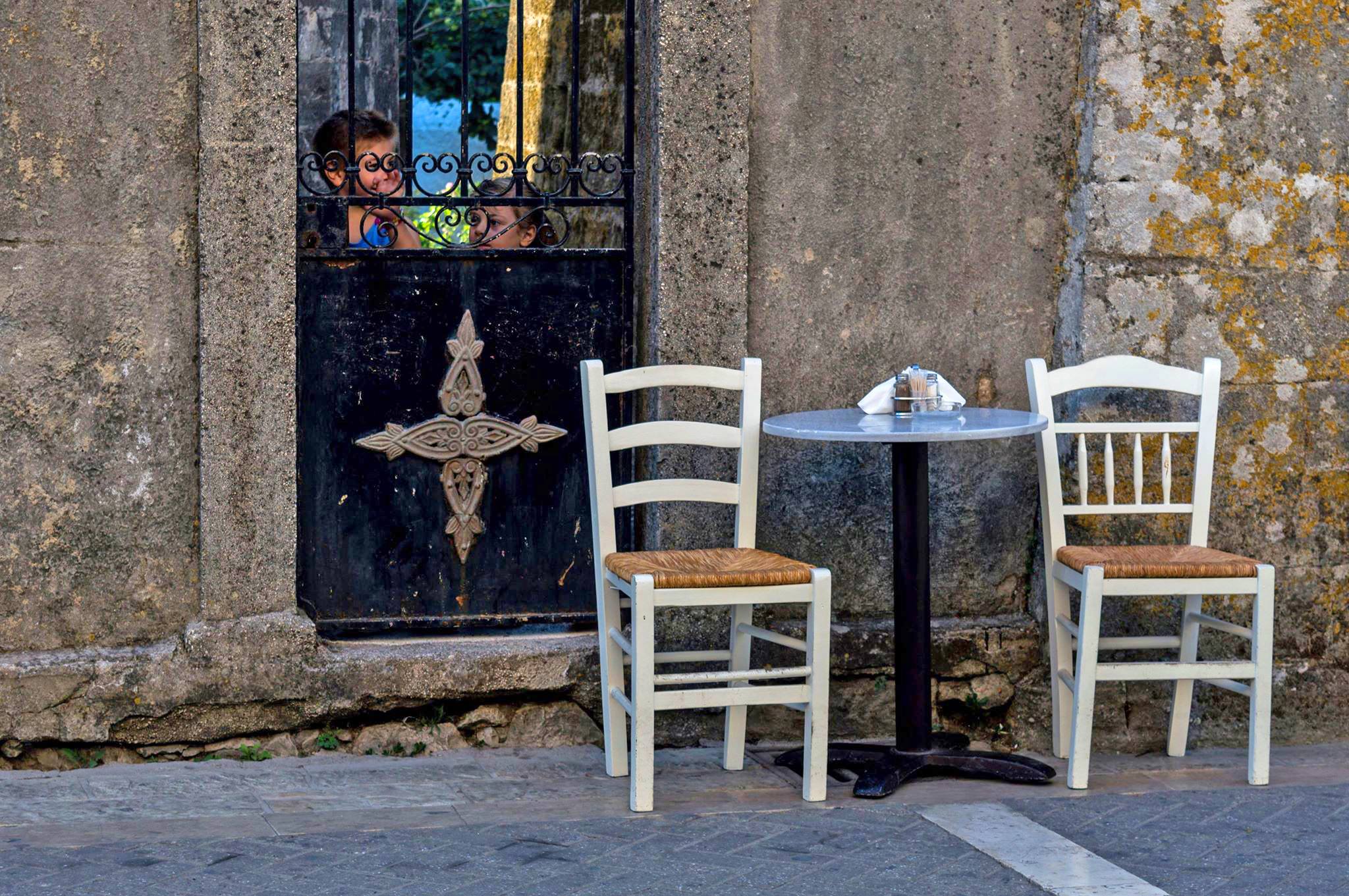
We start our walk from the church of Agios Minas. Built in the early 18th century, it has a magnificent iconostasis carved out of wood with a gold leaf coating. The icons that adorn it were painted by some of the best hagiographers from the Ionian Islands, while its iron bell tower was built in the 1920s. In the past, the shops of the craftsmen of Lefkada as well as the caravansaries the villagers used for their animals were located in this area. The main business street of Lefkada, the bazaar as the locals call it, starts here.
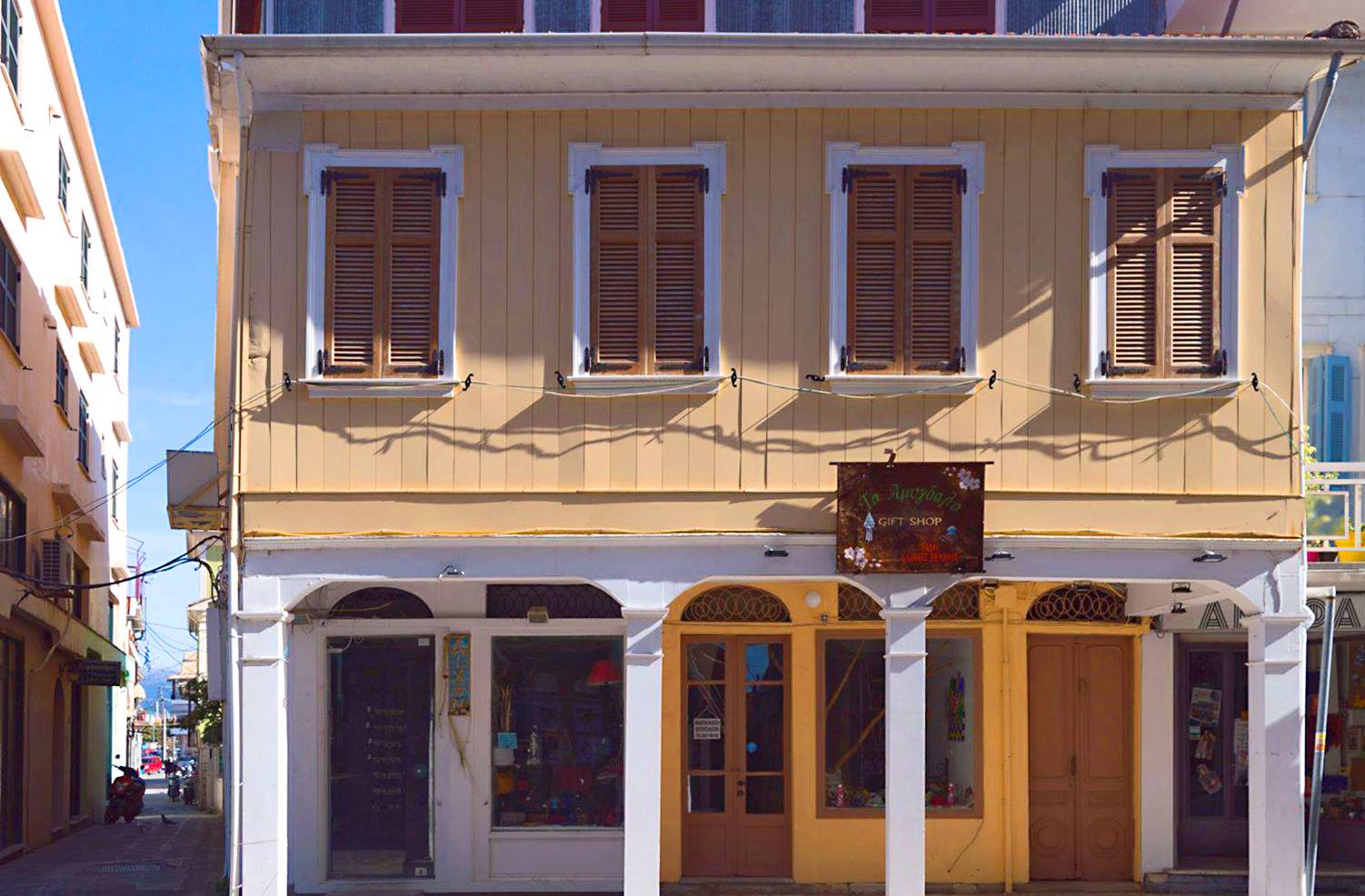
Walking down the main street, the visitor comes across the characteristic buildings that nowadays house small shops and fancy coffee shops. The distinctive architecture of the city is owed to the cultural heritage of the Venetian conquerors and the intense seismic activity of the region. Most houses have two or three floors, a simple design and a light wooden construction. They are usually painted in bright colors.

The arcades that run along the sidewalk are a characteristic architectural feature of the town with a very clear renaissance influence. Most of them are made out of wood, while their arch shape allows the sunlight to enter the ground floor of the houses.
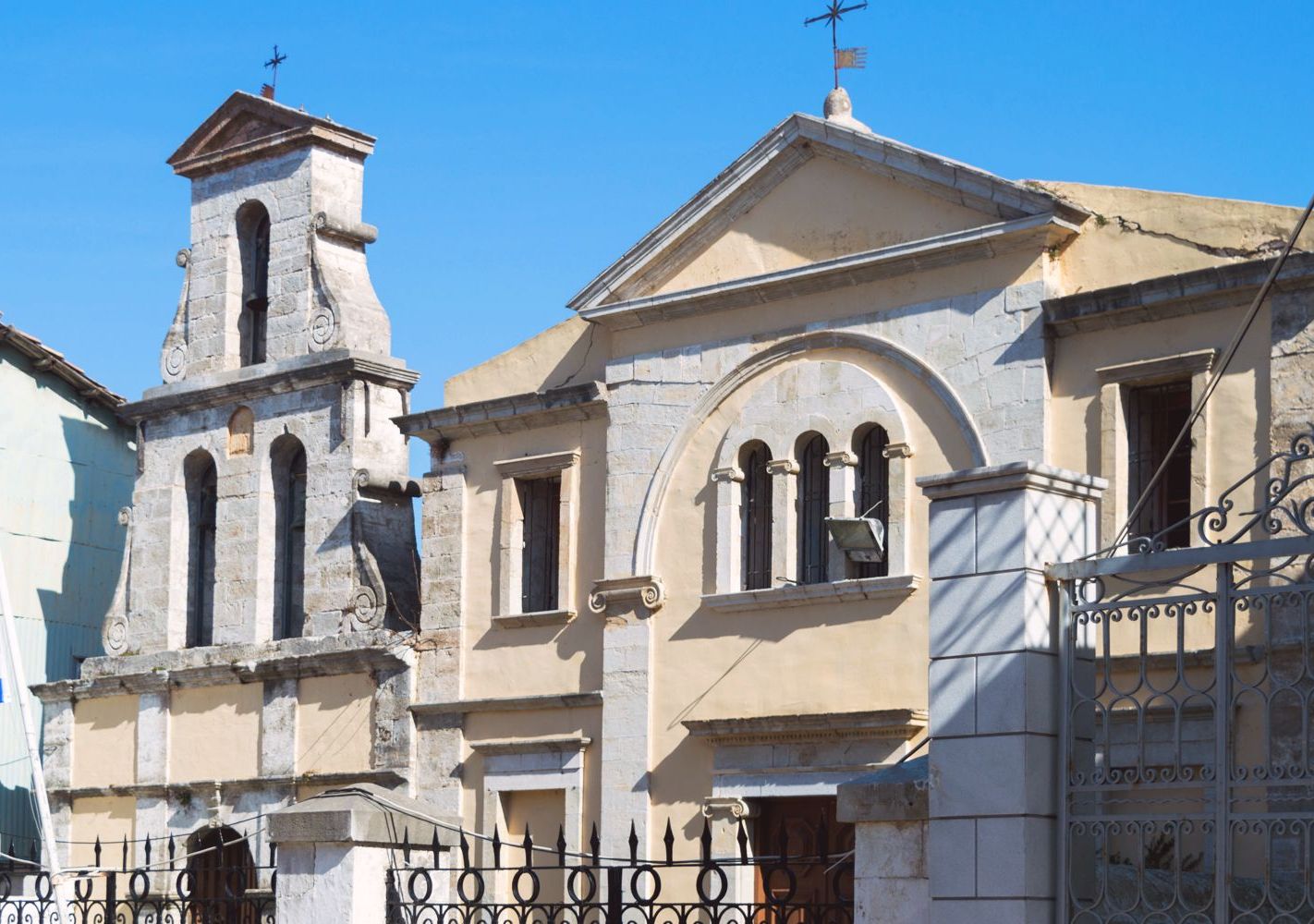
Our second stop is the church of the Presentation of Mary (1720 AD) with its traditional Ionian bell tower. The representation of the Second Coming at the top of its baroque iconostasis immediately catches the eye of the visitor along with the rest of the icons that were painted by well known hagiographers from Lefkada.
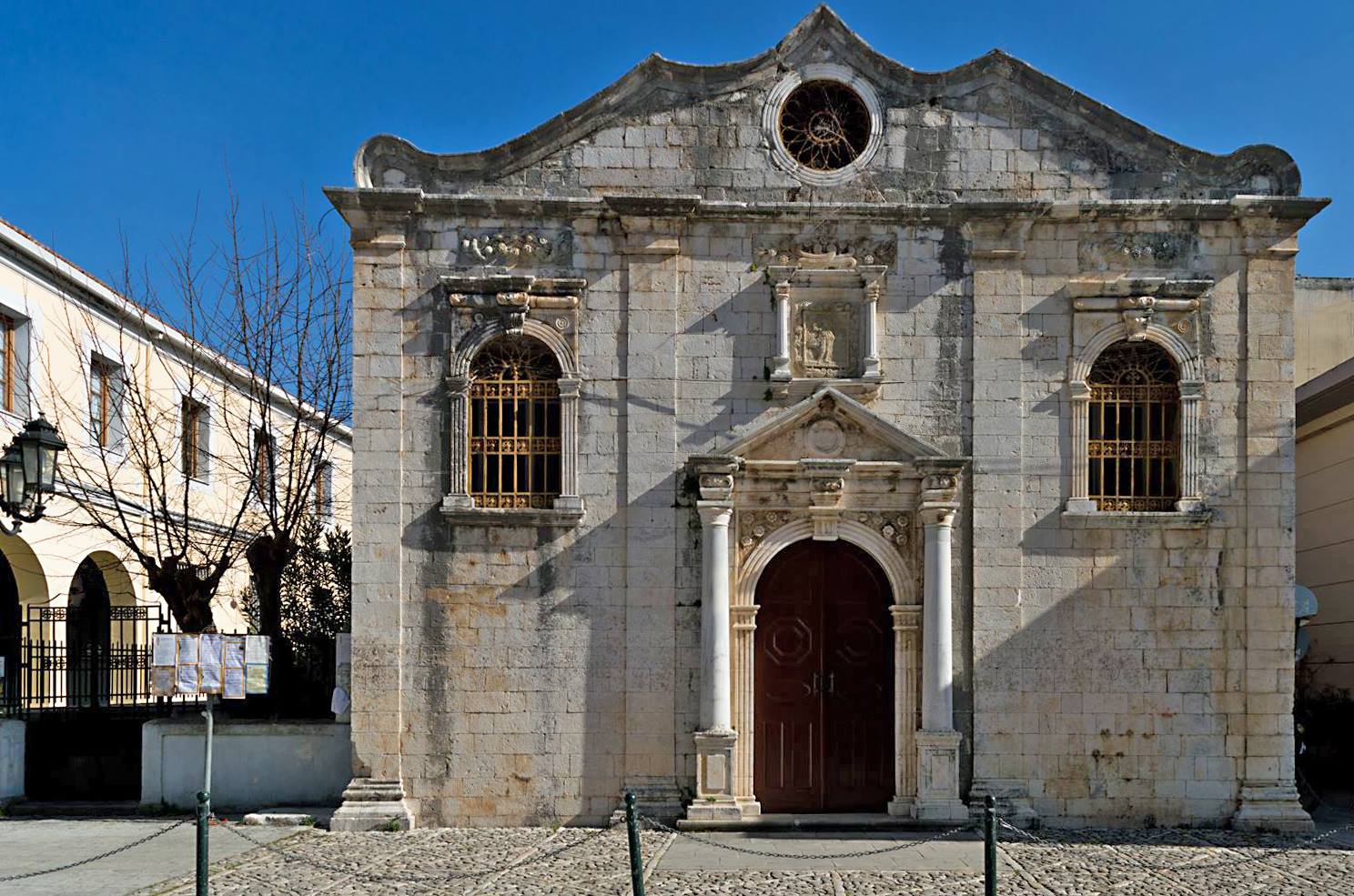
Continuing our walk on Ioanou Mela Street, we see on our right the church of the Pantocrator. The church was built in 1699 to commemorate the liberation of the island from the Turks, but because of the damages it suffered from earthquakes, it took its final form in 1830. Inside, there are some remarkable icons by Kalivokas and Ventouras, a baroque façade with gothic elements and it belongs to the Stavrou and Valaoritis families. It is not open to the public except from its celebration day (6/8) and the anniversary of the Union of the Ionian Islands (21/5) when you can visit it. Behind the chancel lies the grave of Aristotelis Valaoritis, a distinguished epic poet.


